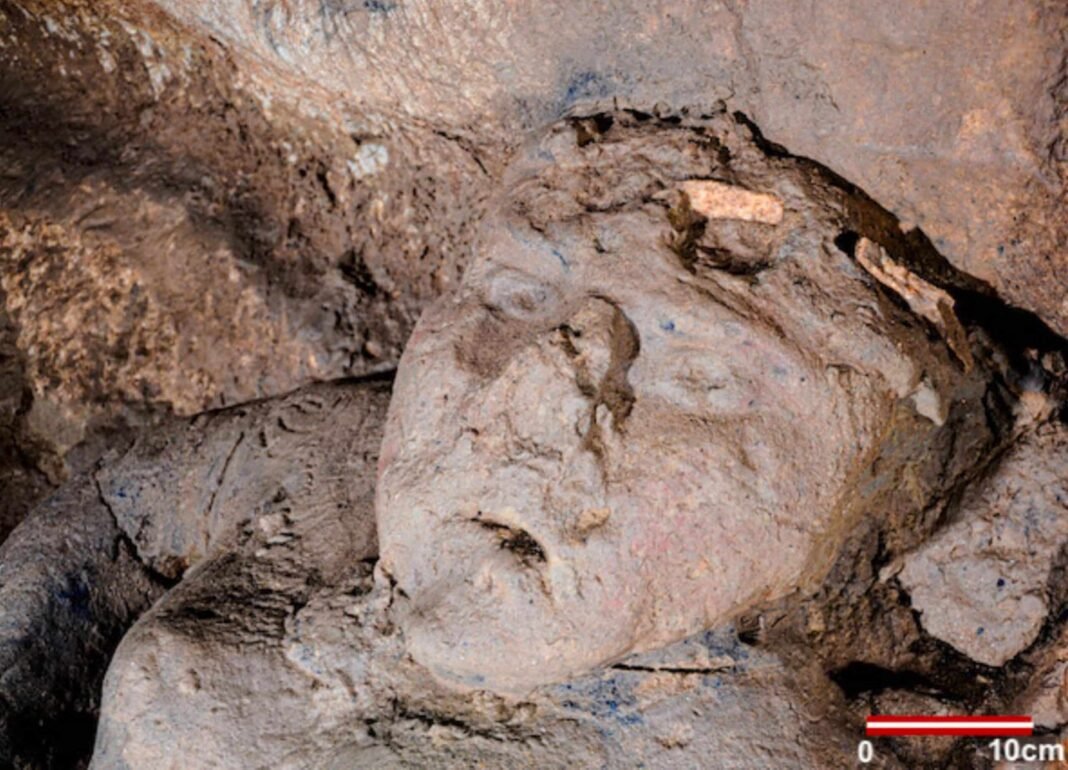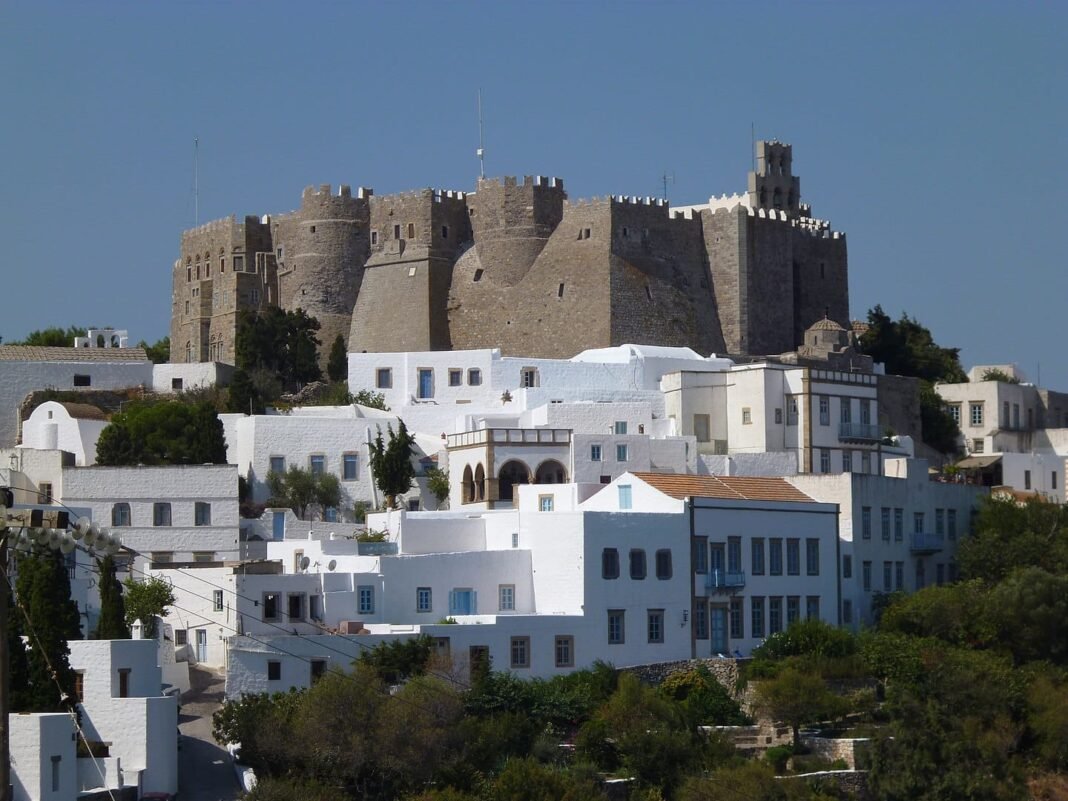
Researchers have uncovered dozens of ancient unfired clay sculptures deep inside a sacred cave in Oaxaca, Mexico, revealing rare insights into Mesoamerican rituals and artistic practices.
The findings, led by Leslie F. Zubieta Calvert of the University of Barcelona, are published in the Journal of Archaeological Science: Reports.
The clay figures, some of which were life-sized, were discovered in the Cueva del Rey Kong-Oy in the Mixe Highlands. Unlike most Mesoamerican artifacts, these sculptures were never fired in a kiln. Their survival is credited to the cave’s stable climate, which preserved the fragile clay for more than a thousand years.
Researchers recorded 72 figures, mostly human reliefs emerging from the cave floor, along with animal forms including jaguars and reptiles.
The figures range in size from 70 centimeters (27.5 inches) to over two meters (6.5 feet). Many of them display detailed features such as headdresses, jewelry, and body markings. Some faces still carry traces of red and black pigments, evidence of painting in antiquity.
Multi-method analysis of clay figures
The study combined several scientific methods, including X-ray fluorescence, micro-Raman spectroscopy, and radiocarbon dating, to analyze the figures’ composition and age. Results show the clay came directly from deposits inside the cave and was shaped without added materials.
Manganese-rich layers found on some figures were used to create black pigments. Radiocarbon dates place most of the sculptures between 600 and 900 CE, during the Late Classic period, though one sample suggests activity in the cave as early as 151 BCE.
Zubieta’s team also studied how the figures were made. The clay’s natural stratification indicates artisans used minimal kneading, relying on the material’s natural moisture and flexibility.

In some cases, clay was applied over stalagmites or reinforced with stones to form larger structures. This technique allowed sculptors to work directly within the cave, integrating natural features into their creations.
Cultural significance of the cave
The cave itself holds significant cultural meaning for the local Mixe community, who associate it with the mythic figure Rey Kong-Oy. The entrance is situated at the base of a limestone wall near a river, surrounded by a humid forest.
Inside, the cave extends more than 500 meters (1,640 feet) and contains rock art alongside the clay sculptures. Negative hand stencils, glyphs, and painted dots appear near some figures, hinting at complex ritual use of the space.
The research marks the first systematic study of unfired clay figures in Mesoamerica’s underground contexts. Previous examples of unfired clay art, such as those at El Zapotal in Veracruz and Cacaxtla in Tlaxcala, were isolated finds.
The Oaxaca cave, by contrast, preserves an entire repertoire of figures, offering an unprecedented view of this artistic tradition.
Pigments and local materials
Chemical analysis confirmed that artisans sourced manganese for black pigment directly from cave deposits. Red pigments were linked to iron oxides, likely hematite. The absence of foreign materials in the clay suggests the figures were crafted entirely from local resources, reflecting a deep connection between the community and their environment.
The discovery also raises questions about the cave’s ritual function. Charcoal fragments found alongside the sculptures suggest repeated visits and ceremonies over centuries. Some charcoal pieces came from pine, a resinous wood often used in Mesoamerican rituals for its aromatic smoke and illumination.
While the exact purpose of the figures remains unclear, their placement, size, and intricate details point to ceremonial significance. The findings unveil new evidence of how ancient communities in Oaxaca transformed natural caves into sacred spaces, blending art, ritual, and landscape.


